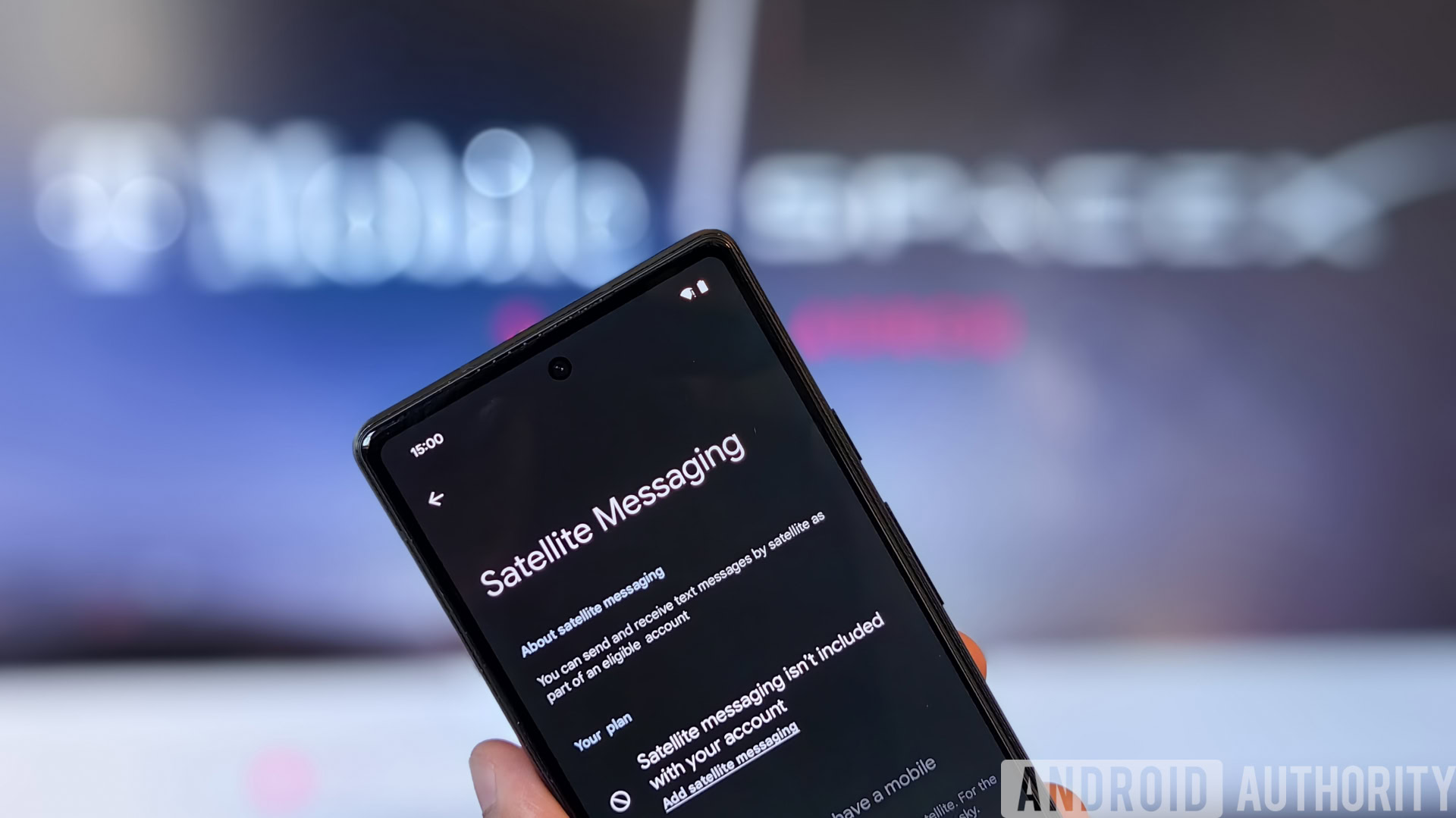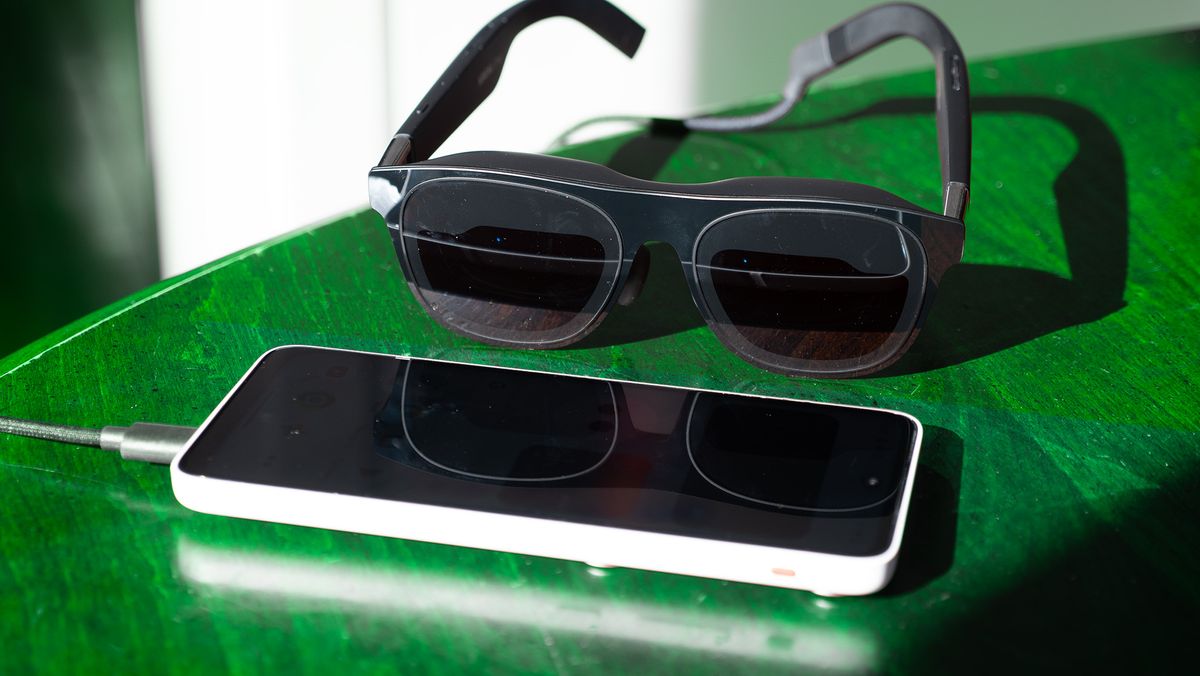/cdn.vox-cdn.com/uploads/chorus_asset/file/25451674/googleaccessibility.jpg)
In alignment with Global Accessibility Awareness Day, Google has taken the initiative to spotlight an array of new accessibility functionalities within its software suite, alongside improvements to existing features in Android. A notable advancement is being introduced to Android’s Lookout tool, which aids individuals who are blind or possess low vision in garnering more information about their environment. With the power of AI, Lookout now has the capability to identify specific objects, encompassing seats, restrooms, and various other categories, totaling seven distinct classifications.
Eve Andersson, Google’s Senior Director of Product Inclusion, Equity, and Accessibility, explains in a detailed blog post, “As you maneuver your camera around the area, Lookout will inform you about the direction and proximity to the item.” This enhancement aims to provide a more intuitive and useful experience for users requiring assistance in navigating their surroundings.
Expanding its suite of assistive technologies, Android’s Look to Speak app has been updated to feature a text-free mode. This addition is particularly aimed at aiding communication for individuals facing cognitive differences, literacy challenges, and language barriers. Through Look to Speak, users can select prewritten, customizable phrases using their eyes, which are then vocalized by their device. The introduction of a text-free mode is expected to further streamline communication, making it more accessible to a broader audience.
Moreover, Google’s latest blog post outlines several other accessibility initiatives. Noteworthy among these is the ability for businesses to mark in their Google Maps profiles that they are compatible with Auracast-enabled Bluetooth devices. This functionality facilitates audio reception from broadcast systems in venues such as theaters, auditoriums, and gyms, enhancing the experience for users with hearing impairments. Additionally, Google Maps has extended its detailed voice guidance for walking directions, now available on both Android and iOS worldwide in all supported languages.
The tech giant has also reengineered its sound notification feature, which alerts users to critical sounds like fire alarms, drawing from user feedback to enhance the feature’s overall functionality. Improvements have been made to the setup process, browsing of sound events, and the customization of sounds, aiming to make the platform more user-friendly and responsive to the needs of those who rely on these alerts.
As tech companies continue to push forward in the realm of accessibility, it is encouraging to see these advancements aimed at making everyday technology more inclusive. This follows closely on the heels of Apple’s recent announcement of upcoming enhancements to its software, which includes eye-tracking navigation for iPhones and iPads, further demonstrating the tech industry’s commitment to accessibility and inclusivity.
Source: Google’s making it easier for people with low vision to find objects using their phone






